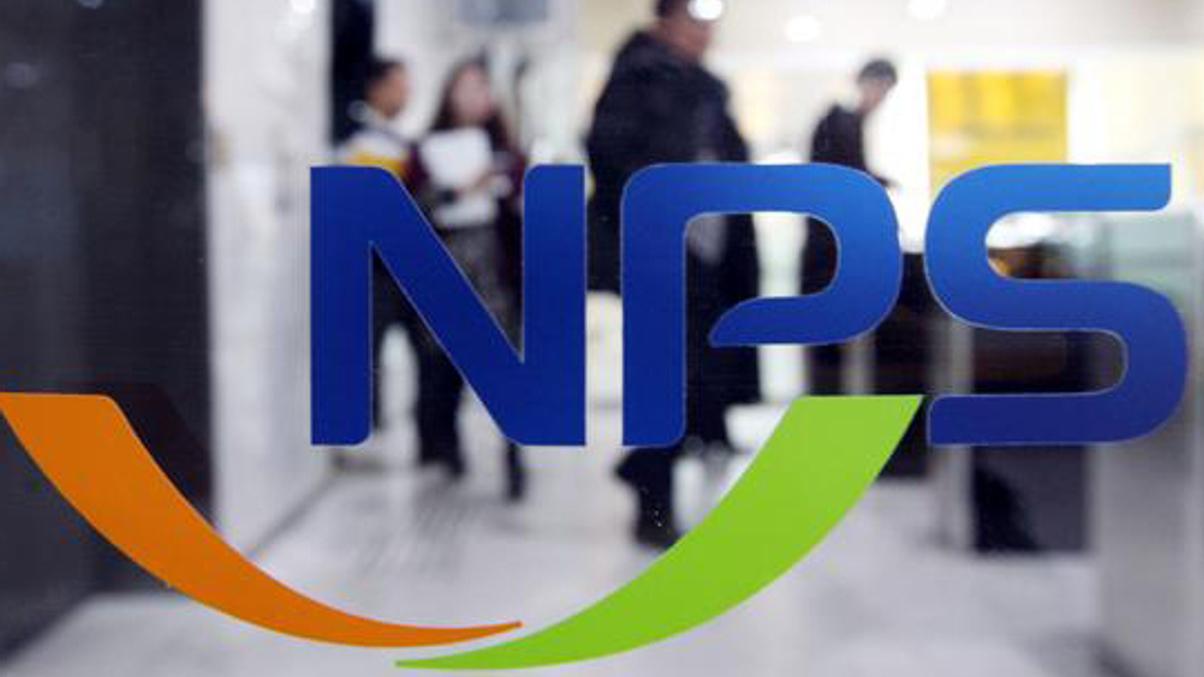NPS curbs public downturn risk with alternatives
The Korean national pension fund seems prepared to weather potential storms from public markets this year through alternative allocations.

Korea’s National Pension Service (NPS) is set to expand and refine its allocation to alternative investments in order to diversify and shield the pension fund’s overall performance from public market fluctuations.
Sign In to Your Account
Access Exclusive AsianInvestor Content!
Please sign in to your subscription to unlock full access to our premium AI resources.
Free Registration & 7-Day Trial
Register now to enjoy a 7-day free trial—no registration fees required. Click the link to get started.
Note: This free trial is a one-time offer.
¬ Haymarket Media Limited. All rights reserved.


